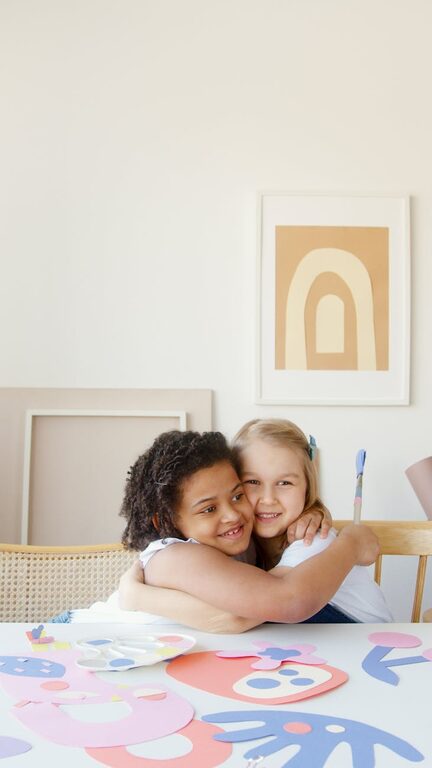Children’s artwork is a wonderful way to see their creativity and imagination come to life. From colorful paintings to crafty collages, each piece represents a moment in their growth and development. However, as the masterpieces pile up, keeping them organized can become a challenge. If you’re looking for practical and easy ways to manage your kids’ art collection without feeling overwhelmed, this post has you covered.
Why Organizing Kids’ Art Matters
Before diving into tips, it’s important to understand why organizing your child’s artwork is beneficial:
– Preserves Memories: Artwork captures unique milestones and emotions.
– Reduces Clutter: Keeping art organized prevents piles from taking over your space.
– Encourages Creativity: Having a special place for their art motivates kids to keep creating.
– Simplifies Sharing: Organized art is easier to show to family and friends.
Now, let’s explore some smart and creative ways to keep your child’s masterpieces in order.
Create a Dedicated Art Space
Having a specific area designated for your child’s art materials and creations helps establish routine and order.
Suggestions for an Art Space:
– Art Corner: Set up a table or desk in a quiet corner with storage bins for supplies.
– Display Area: Use a bulletin board, magnetic strip, or clothesline with clips to showcase current works.
– Storage Containers: Keep paints, brushes, markers, and paper in labeled containers for easy access.
Sort and Categorize Artwork Regularly
Sorting artwork prevents overwhelming clutter and helps streamline what to keep or recycle.
How to Sort Effectively:
– Keep the Special: Save pieces that highlight milestones or hold sentimental value.
– Display Favorites: Rotate favorites on your display area or fridge.
– Recycle Others: Let go of excess papers respectfully by recycling or using them in crafts.
Consider sorting artwork monthly or seasonally to maintain control over the collection.
Use Storage Solutions to Protect and Organize
Once sorted, using storage tools helps protect and organize art neatly.
Popular Storage Ideas:
– Portfolios: Large, flat art portfolios store drawings and paintings safely.
– Binders with Plastic Sleeves: A great way to flip through and protect art.
– Storage Boxes: Label boxes by age, year, or art type for easy retrieval.
– Digital Storage: Photograph or scan artwork and create digital albums to save space.
Combining physical and digital storage can be a space-saving and efficient solution.
Turn Artwork into Functional Items
Repurposing art into useful items allows your child’s work to be enjoyed every day.
DIY Ideas:
– Custom Wrapping Paper: Use larger drawings for gift wrapping.
– Greeting Cards: Cut artwork into cards for birthdays or holidays.
– Calendars: Scan art and create personalized calendars.
– Photo Books: Compile pictures of artwork into printed books.
These creative options preserve memories while reducing piles of paper.
Involve Your Child in Organizing
Getting your child involved in sorting and displaying their art teaches responsibility and pride in their creations.
Ways to Include Kids:
– Choose Favorites: Let them pick pieces they want to display or save.
– Organize Together: Make storage part of a fun craft day.
– Create Labels: Involve them in labeling boxes or portfolios.
Making this a shared activity enhances their sense of achievement.
Maintain a Routine for Art Management
Consistency helps keep art organized and prevents future messes.
Tips to Maintain Routine:
– Set Regular Review Dates: Check art collections monthly.
– Limit Storage Space: Use only a set number of boxes or folders to enforce keeping what matters.
– Celebrate Art Days: Have a mini-exhibition at home to showcase new creations before sorting.
Routines make the process less daunting and more enjoyable.
Final Thoughts
Organizing your kids’ artwork doesn’t have to be overwhelming or complicated. With a dedicated space, thoughtful sorting, smart storage, and involvement from your child, you can keep cherished creations safe and your home clutter-free. Remember, the goal is to celebrate your child’s creativity while maintaining a manageable system that fits your family’s lifestyle.
Try these tips and watch how simple it can be to honor those artistic moments for years to come!

